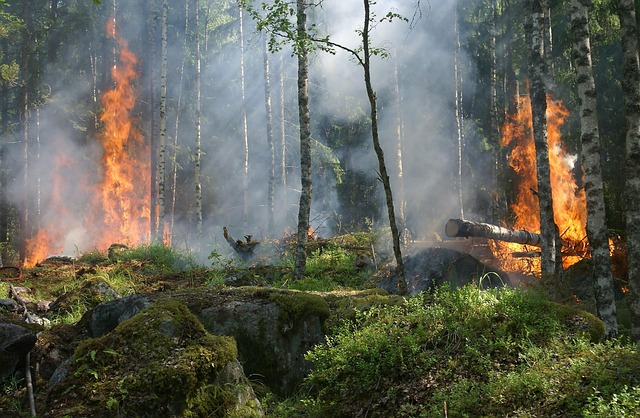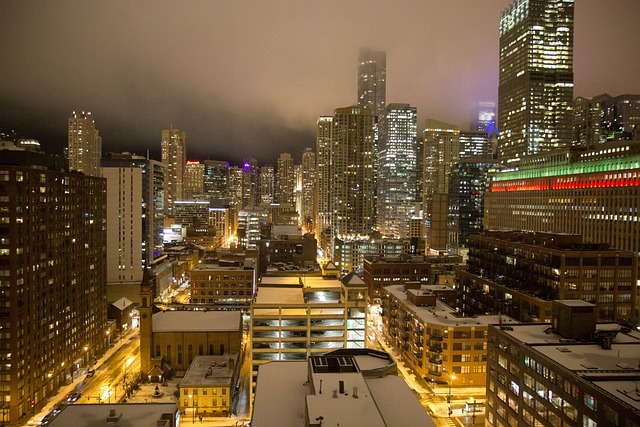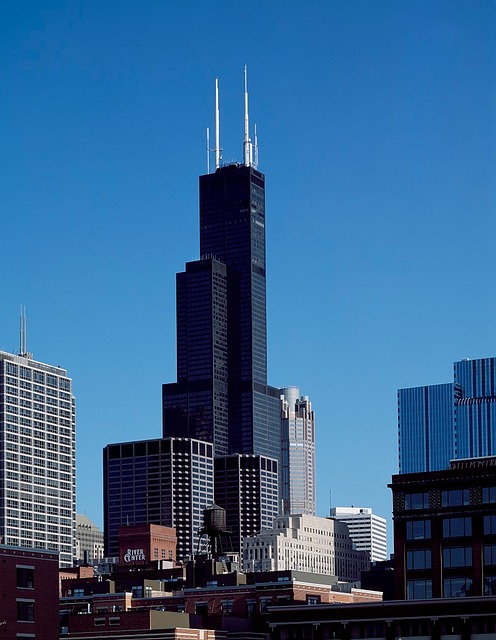Chicago's real estate market presents unique opportunities and challenges for investors interested in purchasing and rehabilitating fire-damaged properties. While buyers can find diverse housing options across neighborhoods, sellers must navigate a competitive landscape. Investors who strategically assess damage, understand local regulations, and consider market trends can turn these properties into lucrative investments. However, the success of this strategy depends on evolving market dynamics and consumer preferences. "Selling fire damaged homes Chicago" has become a popular trend due to potential high returns, but staying informed about local building codes and trends is essential for making sound investment decisions.
“Uncover the thriving world of Chicago real estate, where fire-damaged properties have emerged as a unique investment opportunity. This article explores the dynamic market through the eyes of both buyers and sellers, delving into the strategies and considerations involved in navigating post-fire real estate.
From understanding the local market dynamics to deciphering legal intricacies, we provide insights on identifying potential in these transformed spaces. Discover successful rehabilitation case studies and predict future trends, as Chicago’s fire-damaged homes continue to captivate investors.”
- Understanding Chicago's Real Estate Market: A Buyer's and Seller's Perspective
- The Rise of Fire Damage as a Selling Point for Investors
- Identifying Potential in Post-Fire Properties: Strategies for Investors
- Navigating Legal and Insurance Aspects After a Fire
- Case Studies: Successful Rehabilitation Projects in Chicago
- Future Trends: Will Fire-Damaged Homes Continue to Attract Investors?
Understanding Chicago's Real Estate Market: A Buyer's and Seller's Perspective
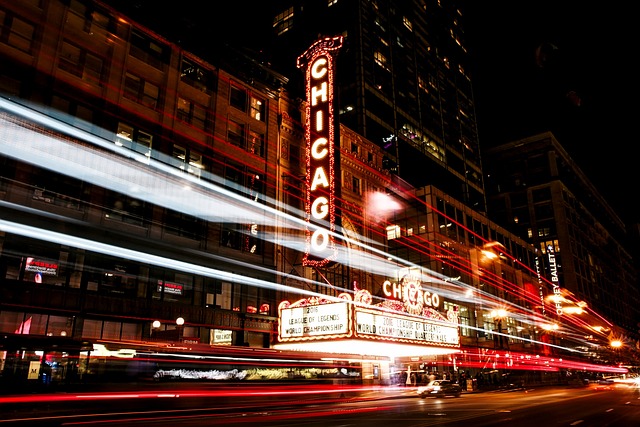
Chicago’s real estate market is dynamic and diverse, offering both opportunities and challenges for buyers and sellers alike. For investors looking to enter or navigate this market, understanding its unique characteristics is key. One aspect that sets Chicago apart is its resilience; the city has a strong history of reclaiming and revitalizing neighborhoods, which can be an attractive prospect for those seeking undervalued properties. This includes selling fire-damaged homes in certain areas, where investors can contribute to community renewal while potentially securing lucrative deals.
From a buyer’s perspective, Chicago’s market presents a mix of traditional single-family homes, high-rise condominiums, and diverse housing stock across various neighborhoods. Sellers, on the other hand, should be aware of the competitive nature of the market, especially in prime locations. Timing and strategic pricing are crucial for success. With careful consideration and an understanding of local trends, both buyers and sellers can navigate Chicago’s real estate landscape effectively, making informed decisions in this ever-changing environment.
The Rise of Fire Damage as a Selling Point for Investors
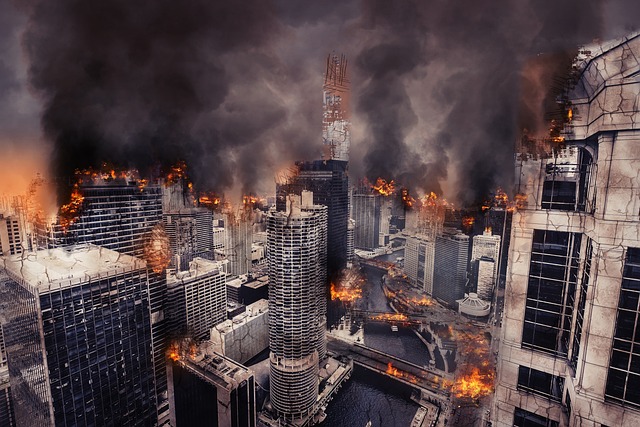
In recent years, there’s been a notable trend among real estate investors in Chicago: embracing fire-damaged properties as lucrative opportunities. The city’s vibrant real estate market, characterized by its diverse neighborhoods and ever-changing landscape, has seen a surge in investors eyeing these unique offerings. What was once considered a challenge—the remnants of a fire’s devastation—is now perceived as a chance to create something new and desirable.
Selling fire damaged homes in Chicago has evolved from a niche strategy to a mainstream approach. Skilled investors recognize the potential for transformation; what might seem like a daunting task to some is viewed as a creative canvas waiting to be revitalized. This shift in perspective, coupled with strategic renovation and thoughtful design, allows these properties to captivate buyers seeking both real estate value and the allure of a fresh start.
Identifying Potential in Post-Fire Properties: Strategies for Investors
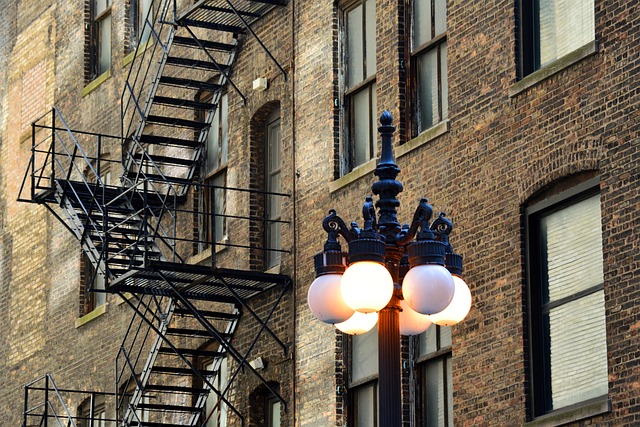
After a fire, many properties in Chicago might seem like they’re beyond repair or have reduced value. However, astute real estate investors see potential where others see ruins. There are several strategies to consider when looking at post-fire properties. Firstly, assess the structural integrity of the building and determine if it can be safely rehabilitated. Secondly, research local zoning laws and building codes to understand the possibilities for redevelopment. Thirdly, consider the location and neighborhood dynamics; sometimes, a fire can revitalize an area by clearing out outdated buildings and making way for new developments.
Another tactic is to work with sellers who are motivated to quickly offload their damaged properties. This could result in attractive purchasing opportunities. Also, keep an eye on insurance settlements; fire-damaged homes may be sold below market value as part of these processes. By employing these strategies, investors can turn potential losses into gains and capitalize on the unique circumstances presented by post-fire real estate in Chicago.
Navigating Legal and Insurance Aspects After a Fire

After a fire, real estate investors in Chicago face unique challenges when it comes to navigating the legal and insurance aspects of selling fire-damaged homes. The first step is to assess the extent of damage and understand the legal responsibilities. Local building codes and safety regulations play a crucial role in determining whether a property can be restored or needs to be demolished, impacting the overall resale value.
Investors must also consider comprehensive insurance coverage, including fire damage repairs and potential legal liabilities. When selling fire-damaged homes Chicago, it’s essential to consult with professionals who can guide through the process, ensuring compliance with legal requirements and maximizing recovery for investors. This might involve working with specialized contractors, adjusting insurance claims, and understanding tenant rights in the aftermath of a fire event.
Case Studies: Successful Rehabilitation Projects in Chicago
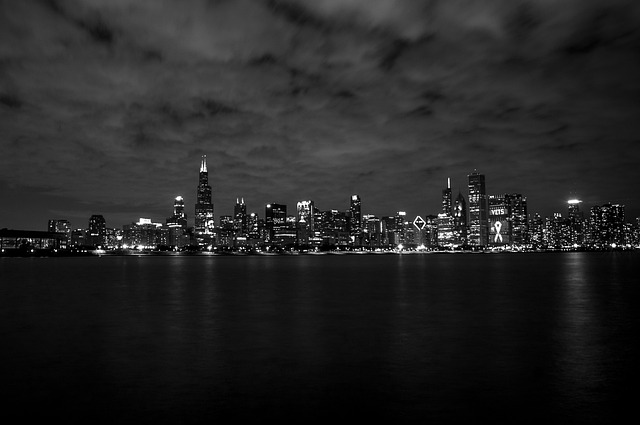
Chicago’s real estate market, with its diverse neighborhoods and rich history, presents unique opportunities for investors eager to make a mark. One lucrative avenue is rehabilitating fire-damaged properties, which can be acquired at discounted prices due to the extensive repairs required. Case studies of successful rehabilitation projects in Chicago highlight the potential returns on such investments. For instance, consider a project in the North Side where a fire-ravaged single-family home was meticulously restored, transforming it into a modern, energy-efficient residence that sold for significantly more than its reconstructed value.
These success stories underscore the importance of thorough assessment and strategic planning. Investors who specialize in rehabilitating fire-damaged homes in Chicago must possess a keen eye for identifying hidden costs and potential challenges, while also understanding local building codes and market trends. By carefully navigating these factors, investors can not only restore damaged properties but also create desirable residences that contribute to the city’s vibrant real estate landscape.
Future Trends: Will Fire-Damaged Homes Continue to Attract Investors?
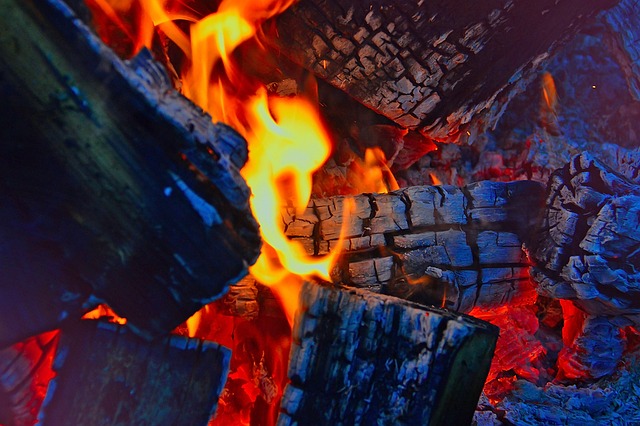
In recent years, investing in selling fire-damaged homes in Chicago has gained traction due to the potential for significant returns. However, as the real estate market evolves, it’s crucial to explore whether this trend will persist or evolve. The appeal of purchasing fire-damaged properties lies in their often lower initial costs compared to traditional buying options. Many investors see a chance to renovate and resell these homes at a profit, contributing to Chicago’s vibrant real estate landscape.
Looking ahead, the sustainability of this strategy depends on market dynamics and changing consumer preferences. As Chicago continues to grow, it’s essential for investors to consider if there will be continued demand for fire-damaged properties or if other factors, like stricter building codes or shifting buyer priorities, might influence the market. Understanding these trends is vital for real estate investors aiming to make informed decisions in the ever-changing Chicago market.
Chicago’s real estate market, with its unique challenges and opportunities presented by fire damage, continues to attract discerning investors. Understanding the dynamics of this niche segment requires a deep dive into buyer and seller perspectives, legal considerations, and successful rehabilitation strategies. As seen in the case studies, transforming post-fire properties into vibrant homes not only generates significant returns but also contributes to Chicago’s urban renewal. The future of selling fire damaged homes in Chicago looks promising, with ongoing trends indicating continued investor interest, provided proper assessment, investment, and rehabilitation strategies are employed.




